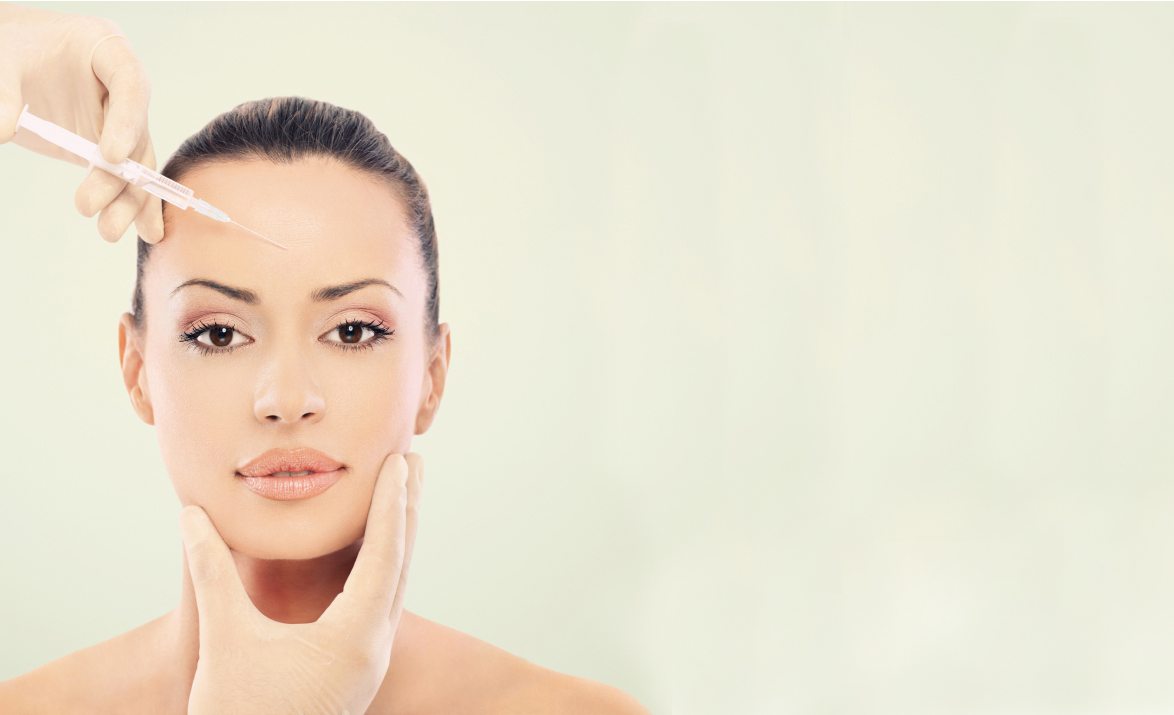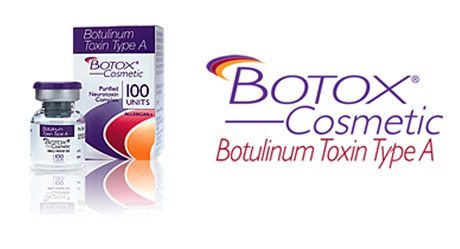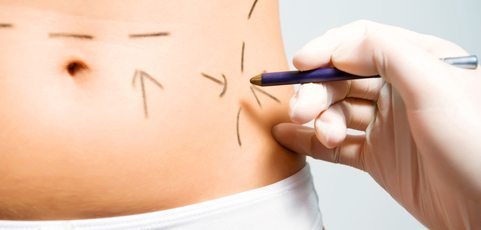
One of the first signs of aging is the development of wrinkles on the face. The process of aging continues with loss of fat in certain areas such as the cheeks, under eyelid, and temple area that give our face a more youthful look. Fat and volume in the face also descends to fill in areas that previously were not there such as along the jawline (jowls), neck, or under eye bags. These can all give away a person’s age. Twenty years ago, the only options to reverse the signs of aging were surgery to raise the descending tissue and reposition it, and skin peels to remove wrinkles. These options required significant downtime for healing, an anesthetic for the procedure, and considerable costs for the procedure itself.
Botox first came on the market approximately 30 years ago for non-cosmetic purposes and soon was adopted for use in cosmetic treatment of facial wrinkles. The use of Botox has dramatically increased over the last 10 years due to its great safety profile, consistent results, and demonstrated benefits in diminishing the appearance of wrinkles on the face. Over the span of the last 10 years, Botox has replaced all surgical options in terms of volume in most plastic surgery practices. The main reasons for this change have been that Botox is economical, there is little downtime with injections, and Botox provides almost immediate results.
What is Botox and how does it work?
 Botox is the trade name by Allergan for botulinum toxin Type A. This toxin is created by the bacteria Clostridium botulinum and affects nerve endings at the junction with muscles. The toxin prevents nerves from firing at the connection with the muscles, thus causing muscle paralysis. This toxin is one of the most potent naturally occurring neurotoxins available.
Botox is the trade name by Allergan for botulinum toxin Type A. This toxin is created by the bacteria Clostridium botulinum and affects nerve endings at the junction with muscles. The toxin prevents nerves from firing at the connection with the muscles, thus causing muscle paralysis. This toxin is one of the most potent naturally occurring neurotoxins available.
How Long does Botox Last?
Botox lasts approximately 3-4 months. Results vary and some patients will see longer results lasting 6 months or longer. The length of time Botox lasts depends on the amount of units of Botox injected and the frequency of injections received by the patient. If an inadequate amount of Botox is injected to treat all the nerve endings to the muscles then the paralysis will wear off sooner and patients visibly see muscle movement return before 3 months. On the other hand, repeat treatments tend to last longer. This can be explained by looking at muscle atrophy that happens in paraplegics. Muscles that are not used begin to lose their mass and become weaker. This translates to a longer effect with the same amount of Botox used at repeat treatments.

Is Botox Really Safe?
Botox is safe and has been used for more than 30 years, first for non-cosmetic reasons and in the past 20-25 years for cosmetic purposes. Botox was approved by the Federal Drug Administration (FDA) in 2002 to diminish the appearance of frown lines for cosmetic purposes. The biggest initial concern was the risk of toxin spread from the area of treatment to other areas of the body causing severe paralysis and death from difficulty breathing and a paralyzed diaphragm. The FDA studied the potential for these concerns with injections in the frown lines and did not find any concerns for death from the use of Botox. Several cases of death have been reported with the use of Botox for non-cosmetic reasons in other areas of the body. Due to these cases, the FDA has placed boxed warnings cautioning about the potential spread of the toxin from injections to other areas of the body.
There is a long track record with Botox, but with any procedure there are some risks. These risks are minimal compared to the benefits achieved with the use of Botox. These risks include bruising, swelling, asymmetry, inadequate treatment, and droopy eyelids. All of these risks are uncommon. Droopy eyelids can occur if the frown lines are treated. This can happen when the Botox migrates to the upper eyelid and paralyzes the muscles used to raise the eyelids. This can be avoided in most cases by using the proper technique for injection. However, this can still occur but about less than 1% of the time.

Why Many Patients Choose Botox Over Facelifts
There are many more options available to patients for diminishing fine lines and wrinkles and reversing the signs of aging than there were twenty years ago. Non-surgical options have had increasing appeal as they are economical, there is little downtime, and they provide almost immediate results. Surgical options such as facelifts, eyelid lifts, and brow lifts are less appealing because the usual downtime is not feasible for some busy working individuals. These surgeries can also be expensive. In our high-paced society, people want quick results with minimal to no downtime. Botox and fillers like Restylane, Juvederm, Belotero, and Radiesse have been able fill that need with a price point that can be affordable for the majority. These non-surgical options often can be done to diminish the signs of aging for 5 to 15 years or more. However, the price over 5 to 15 years can add up to a considerable amount. Despite the benefits of Botox and other fillers, surgery will always maintain a role in reversing the signs of aging and becomes a more obvious choice when certain areas cannot be adequately addressed by Botox and fillers such as the jowls and lax neck skin.